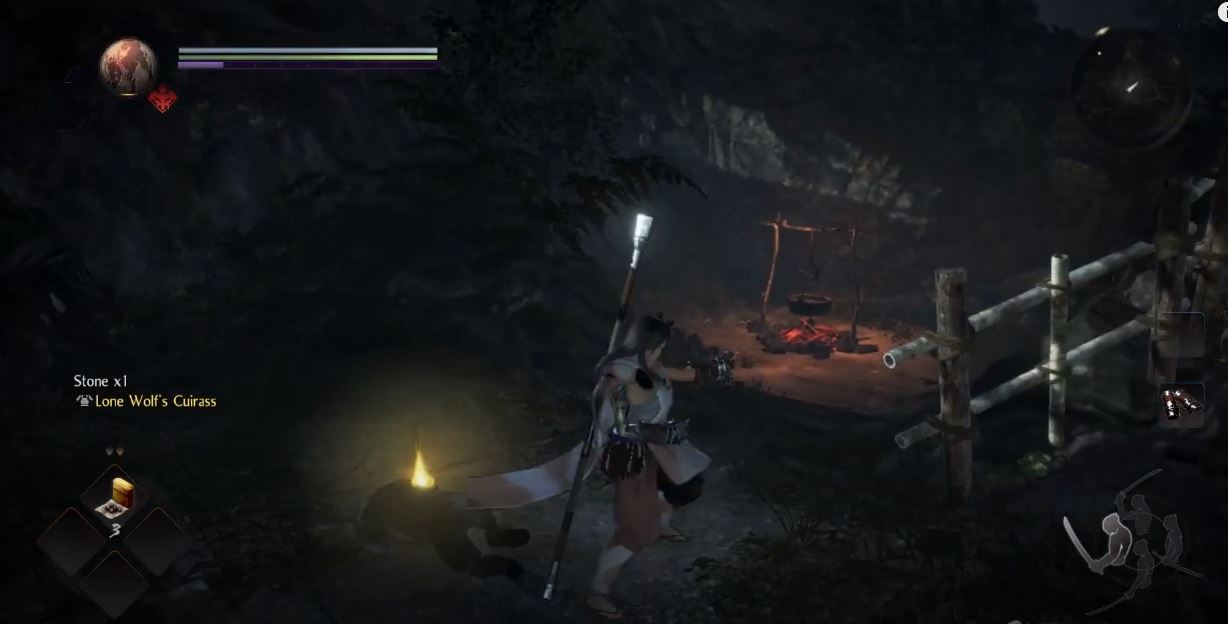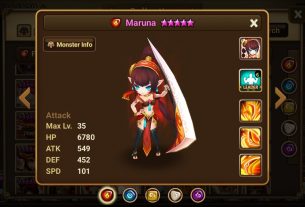Nioh 2 came out this month and it added new features compared to the previous title. The first installment of the series sees you play the role of William. A westerner who suddenly found himself in medieval Japan. It was around the late Sengoku era with Nobunaga Oda dead, and the time of Ieyasu Tokugawa is near. Your task is to stop the mage that has corrupted many of the feudal lords of the period. His machinations gave rise to demons of untold horrors to emerge from the underworld.
The difference between the first Nioh with this one is that you can create your character from scratch. Though your name remains the same no matter which gender you choose. Moreover, you possess the ability to turn into a yokai which gives you added strength, speed, and magical capabilities. We can talk about all the features the game has to offer, but for this article, we’ll focus more on combat.
The two Nioh games take inspiration from the Soulsborne combat mechanics, which means it’s an action RPG title. You can block, dodge, and counter enemy attacks but your opponents can react the same way. If not careful, you’ll find yourself dying more times than you could count. This guide will tell you how to maximize the game’s combat mechanics to your full advantage.
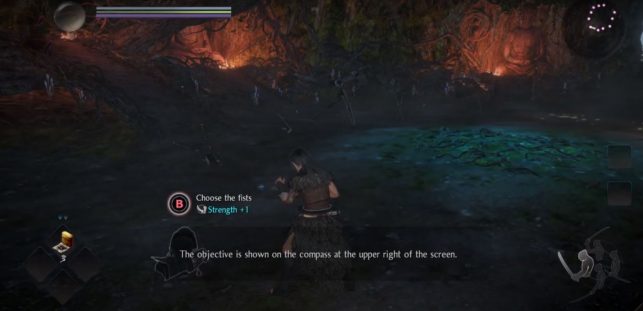
Finding The Right Set Of Weapons
During the tutorial stage of the game, you’ll enter a mystical cave. Here you can choose the equipment you need. You can carry two melee weapons and switch them out in real-time. You can also carry two ranged firearms but you’ll pick them up later in the game. The melee weapons available to you are the classic katanas, the odachi, the spear, the axe, the dual hatchet, the kusarigama, the switch glaive, split-staff, knuckles, and tonfas. Each one scales off a specific character stat and has different techniques and moves. Take your time in choosing which set benefits your playstyle.
Take note that you’ll earn skill points the more you use the specific weapon. You can switch to different kinds mid-game but it’s ill-advisable. You’ll spend more time grinding that weapon through enemies just to get skill points. It’s more efficient to figure out which ones you want to use during the tutorial period. Take your time practicing their moves too before you venture into the story. Practice makes perfect, and patience is the key to victory in Nioh 2.
Next, you’ll choose which guardian spirit you’ll use. You can choose three and each one lets you transform into a specific yokai with its own set of abilities. The Yokai Shift is your ace-in-the-hole when the going gets tough. So use them sparingly during combat. Now that you’ve chosen the equipment you want, we can now talk about the stances.
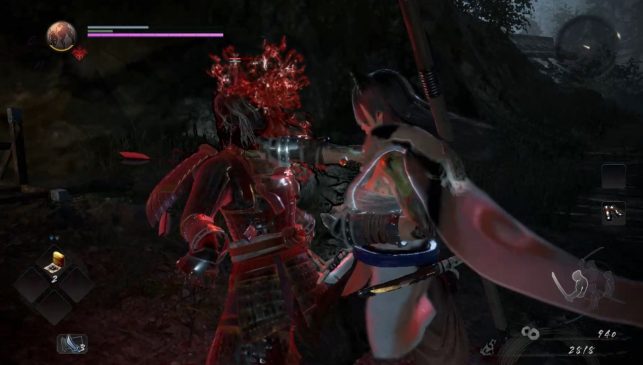
The Fundamental Rules of Combat Stances
Stances in Nioh are its personal touch when it comes to Soulsborne combat. You have access to three stances and can switch in-and-out of combat. These are the High Stance, Low, Stance, and Mid Stance. They’re fundamental keys to fighting in Nioh 2. Let’s first discuss how they work.
The High Stance is the all-offensive form you’ll use to dish out heavy damage against opponents. However, its weakness is that it leaves you with a huge opening when you miss attacks. The Mid Stance is your defensive form giving you the time to watch enemy movements as you guard and counter against enemies. Its weakness is that you won’t be able to dodge as effectively as the Low Stance. This form allows you to be nimble around the battlefield. You can dodge enemy swings effectively but you won’t hit as hard.
Now unlike weapons, you don’t choose the stance you want and stick with it throughout the game. The key to maximizing stance is to know when to switch to the appropriate form during combat. You’ll spend your time switching one stance with the other with the hopes of gaining an advantage over the enemy. The basic concept revolving around stance combat is that one overpowers the other. The order is as follows:
- High Stance can effectively break the guard of Mid stance.
- The Mid stance can hamper the nimbleness of Low Stance.
- Low stance can exploit the opening of High Stance.
Understand that human opponents have access to stances as well and knowing their form allows you to react accordingly. Think of it as a very deadly game of rock-paper-scissors. Fighting yokai, however, is a different story. They don’t have stances, have high guards, and would often hinder your Ki recovery.
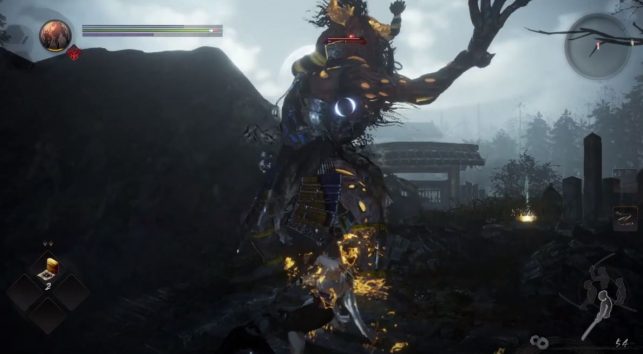
Maximizing Ki Recovery In Combat
Ki plays a vital role in Nioh 2 battles. It acts as your stamina and for as long as your Ki meter is filled up, you can deliver blows. However, when it is depleted, you’re left with nothing but to stand and wait for it to recover. Fighting yokai in Nioh 2 means you have to manage your Ki effectively. They are sturdier and more powerful than human opponents. They don’t have stances and would often come up with unpredictable attacks. To fight them effectively, you must make use of Ki Pulse.
It’s a special action that allows you to recover Ki instantly after an attack– if you activate it at the right time. The clue lies with the glowing sparks that surround you when you finish a combo. Press the Ki Pulse button the moment the spark reaches your upper torso. You’ll know you’ve pressed it correctly when you suddenly glow white. Recovering Ki through the pulse allows you to extend your combos for a time or have more stamina to dodge incoming yokai attacks.
Keep this in mind when fighting yokai as you switch stances while beating them to death. If the enemy’s too tough, then activate your shiftling form to pound them back to the Jigoku they came from. So that’s about the basic combat guide to fighting in Nioh 2. Try to experiment around with the controls as much as you like. Combine combos through stances, and maximize your Ki pulses. Once you get the hang of it, you’ll be hacking down bandits and yokais with no problem.

